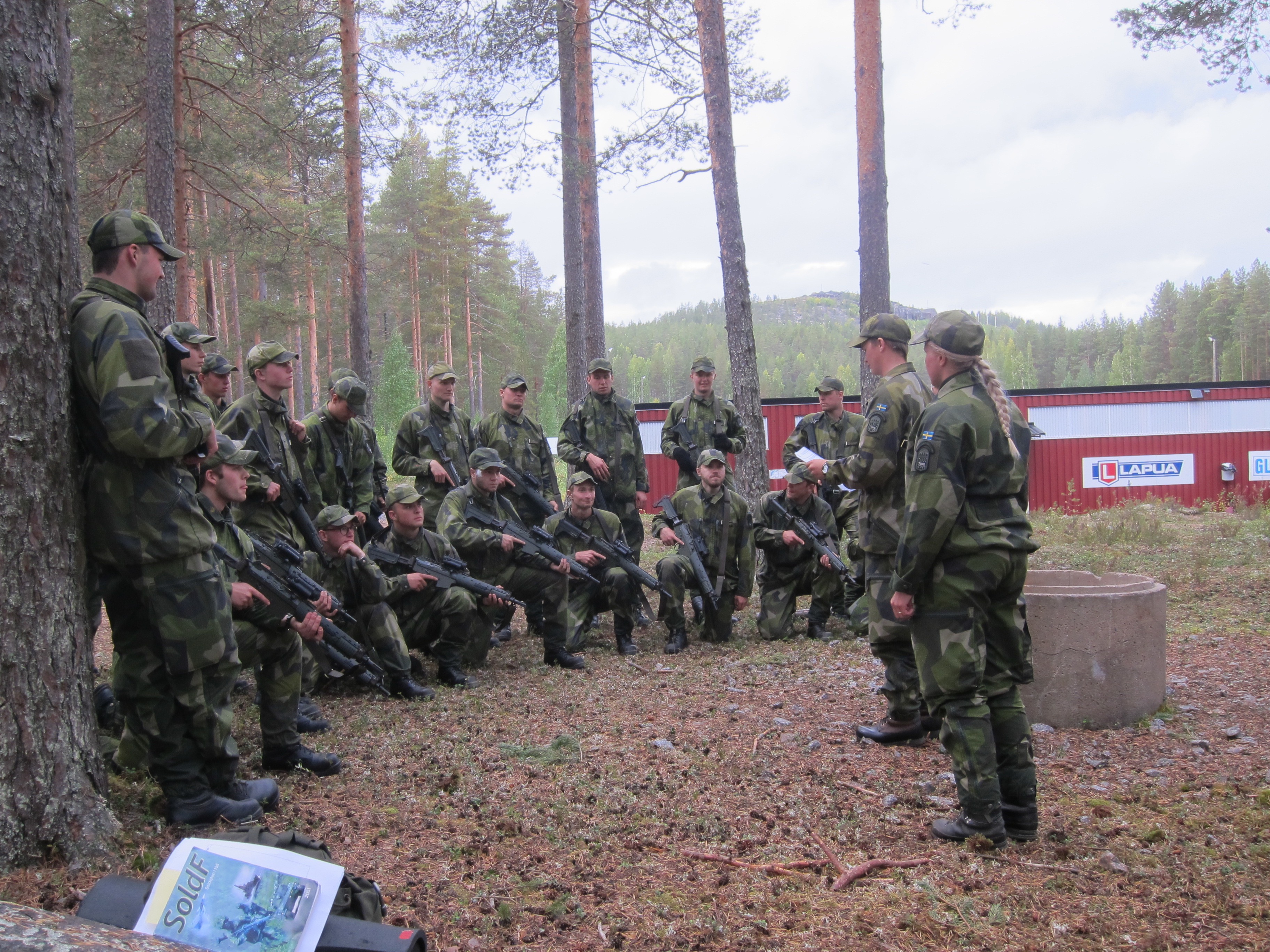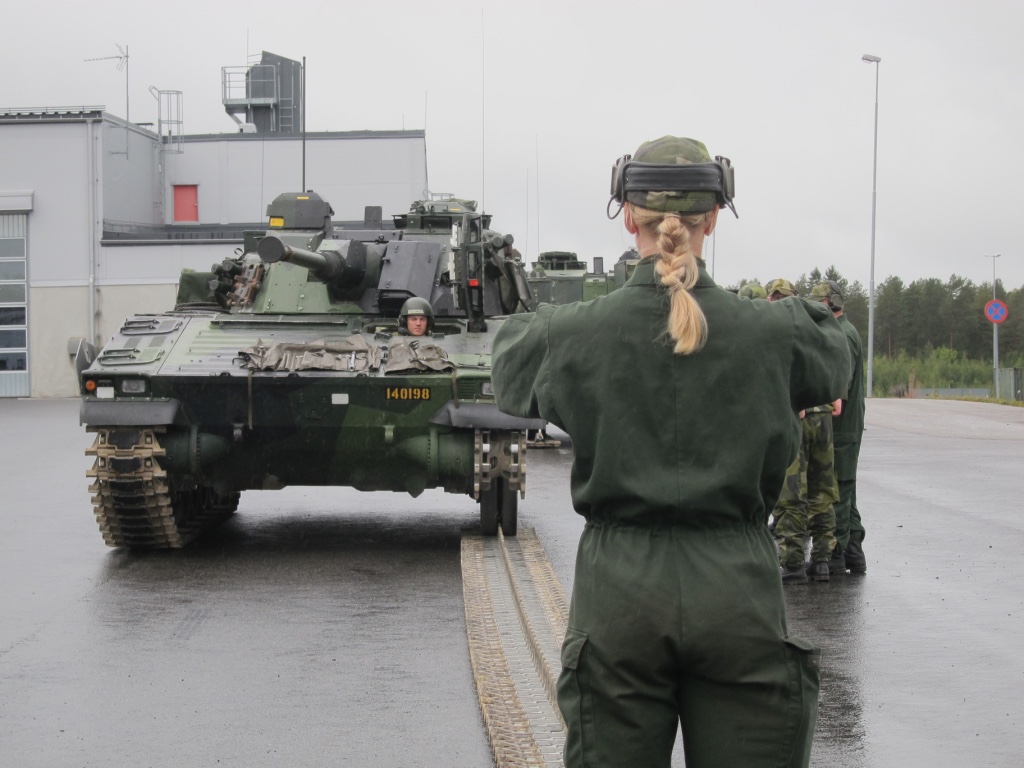
In the nearly three years since the Pentagon allowed women to join front-line combat units, questions about the policy have not gone away. Two former Marines — Owen West, now an assistant secretary of defense, and his father, the military writer Bing West — said women in the infantry would "swiftly reduce combat effectiveness." In The American Conservative, Scott Beauchamp could see no benefit in bringing women into combat roles and suggested that the Pentagon was cynically trying to bolster recruiting during ill-conceived wars.
And even the man who is overseeing gender integration, Defense Secretary Jim Mattis, recently expressed a surprising level of ambivalence about the policy, saying that there are still too few women in the infantry to determine whether having them fight in close quarters is a "strength or a weakness."
Yet women have joined combat units at Fort Campbell, Ky.; Fort Hood, Tex.; Fort Bragg, N.C.; and other bases. And several countries have allowed women into combat units for years, including Canada, Israel, Norway and Sweden. The evidence does exist, and is growing, that gender-integrated combat teams are effective.
Recently I visited Sweden to talk with conscripts in mechanized infantry, artillery and army ranger units. I learned that the performance of women in those units was not at issue. What was, at times, was the ability of their male peers to accept them.
Sweden, which sent troops to support the American-led war in Afghanistan, first integrated women into combat jobs in 1989 and began a gender-neutral draft last year. Swedish recruit training barracks look close to a "Starship Troopers" ideal of coed rooms and showers. One room housed 10 men and four women, all in bunk beds, and the recruits viewed this integration as crucial to unit strength. One night I accompanied a female corporal down a barracks hallway where a junior soldier stood without shirt or pants, one hand in his underwear, talking on a cellphone. We shrugged.
Two Norwegian researchers, Nina Hellum and Ulla-Britt Lilleaas, have found that having male and female troops live together has a "degenderizing" effect that makes soldiers act more like siblings, reducing harassment.
Physical standards are gender-neutral. For example, all recruits must run two kilometers (1.25 miles) while wearing combat gear — including body armor, helmet and rifle — in under 10 minutes and 15 seconds if they want to join elite reconnaissance teams. Ranger conscripts in mountain warfare training must all carry the same weight, and ski and climb the same distances in the same amount of time. And they spend their off-time in similar ways, watching movies like "Full Metal Jacket" or playing "Call of Duty."
Yet if women seemed to have assimilated into the military lifestyle in Sweden, their stories demonstrate that not all men had fully accepted them.
A noncommissioned officer I met was a sinewy CrossFit athlete who passed the grueling reconnaissance course. While she was deployed in Afghanistan in 2009, a male colleague bullied her in the months after they survived a roadside bomb, or I.E.D. In 12 years of service, it was the only time she was harassed. Their squad leaders surmised he suffered psychological effects from the incident, while she, who had been in combat before, remained unaffected.
Similarly, a Swedish Army captain told me that as a young soldier, she drove armored personnel carriers in Afghanistan. After dodging an I.E.D., she took charge when her new male lieutenant panicked and unwittingly disabled their radio network. At the time, her male colleagues praised her quick thinking, but they soon after closed ranks against her, excluding her from meetings and briefings.
In both cases, the harassment stemmed from male peers being uncomfortable with a woman who had handled a stressful situation better than a man. Like the United States military, Sweden has spent the past year reckoning with sexual harassment and assault in its ranks. Its military #MeToo movement, called #givaktochbitihop, loosely translates to "stand at attention and bite the bullet."
The question, then, is not whether women can be effective combat troops but whether a hypermasculine military culture can adjust. The potential benefits of having women in combat units argue for making that happen.
Women, for instance, led teams that interviewed and searched civilian women in Afghanistan, providing crucial information to infantry units while also engaging in combat alongside them. A 2015 Marine Corps study found that coed groups were better at problem-solving. And while I was a platoon commander in Iraq and California, Marines came to my office to discuss their breakups and divorces. Perhaps these guarded young men seemed comfortable revealing their heartbreak because I'm an older sister of three brothers.
Women volunteer for the infantry for the same reason men do: to protect their country and their comrades. When a revered leader like Mr. Mattis hedges on whether women should be in the combat arms, he does all of the troops a disservice.







